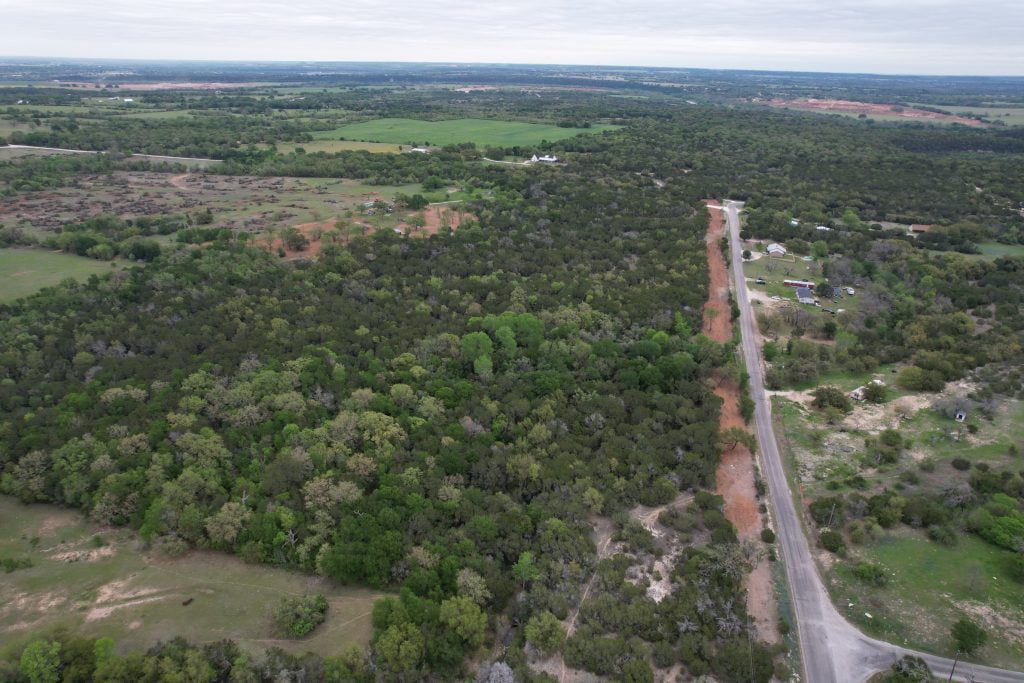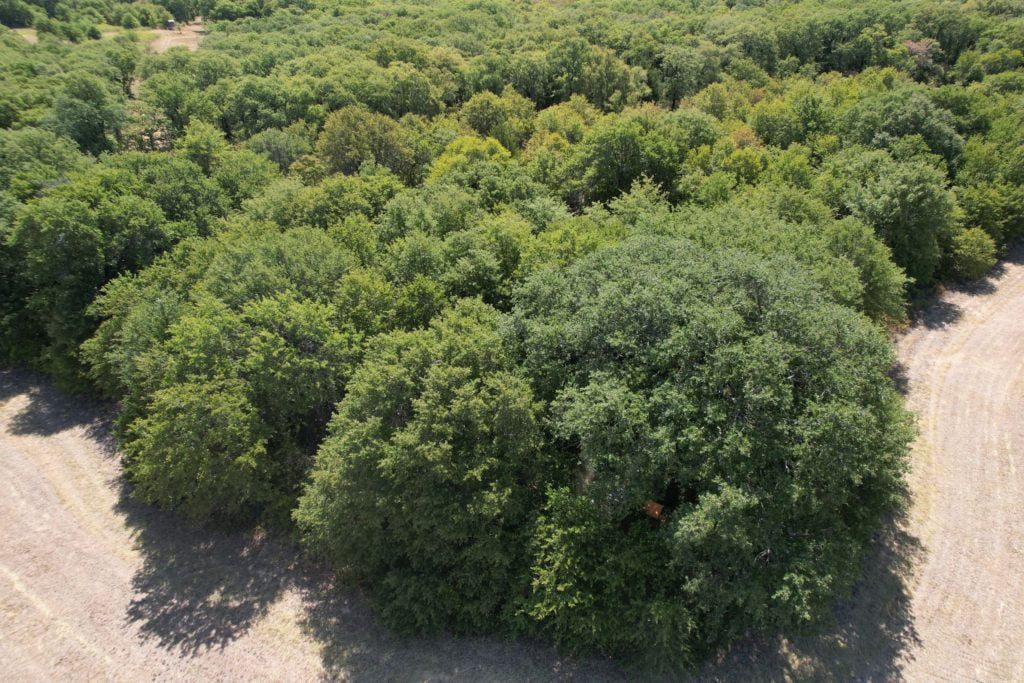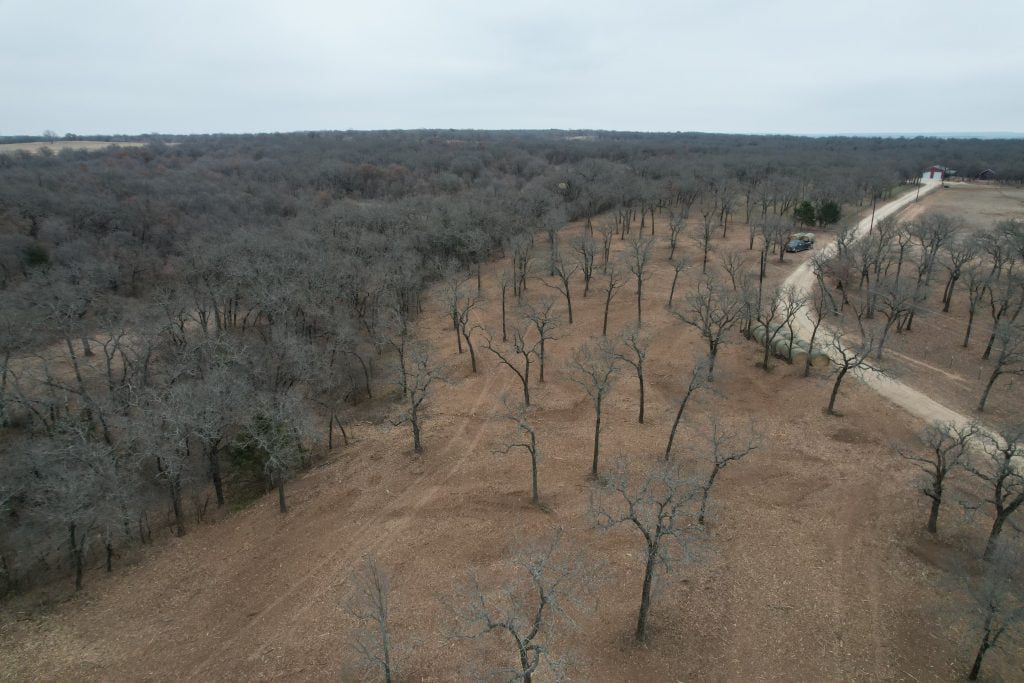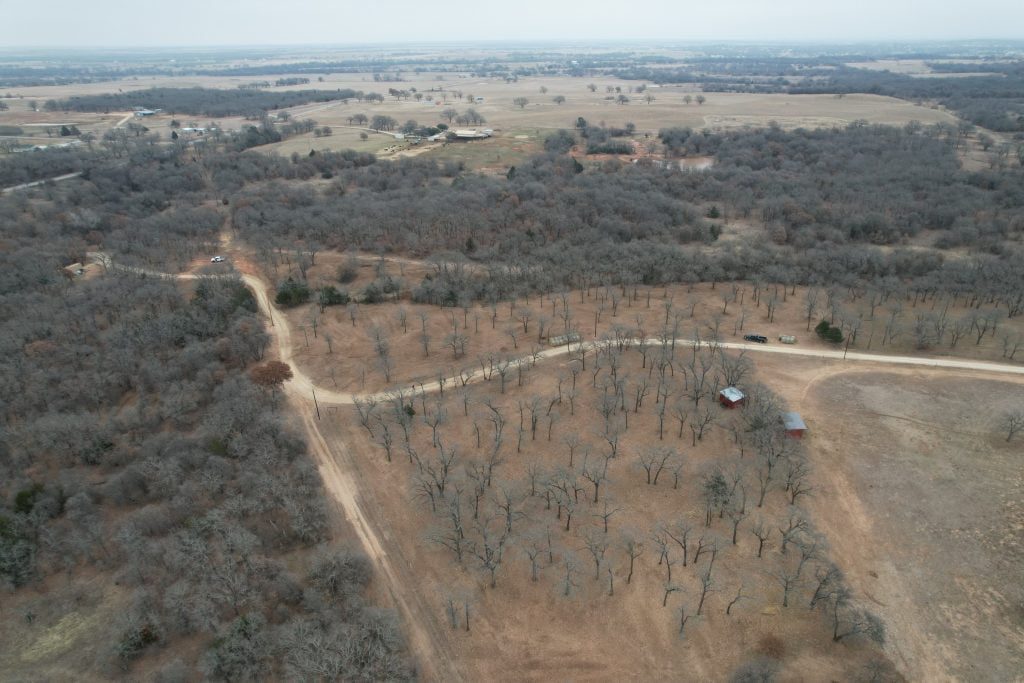Stewart Ranch Services
Bowie, Texas
Oklahoma City Road Building in Oklahoma City OK
DESIGN YOUR DREAM
PROPERTY
LAND
ACREAGE
DEVELOPMENT SITE
POND
Oklahoma City Road Building: The Process and Equipment Necessary for Construction in Oklahoma
Through the ages, road construction has transformed from basic mud and brick structures to the integration of advanced machinery. This historical progression has been pivotal in fostering connections between communities. Shifting our focus to the contemporary era, we scrutinize Oklahoma City road-building techniques, exploring the methods and essential equipment components crucial for the success of projects in areas like Oklahoma City, OK. The use of materials such as stone or mud bricks takes center stage, emphasizing the commitment to sustainability in today’s construction practices.
Key Takeaways
Table of Contents
The Evolution of Oklahoma City Road Building

The historical narrative of road construction unfolds as an indispensable element in the tapestry of human development, influencing the course of societal advancement. From basic building materials to the sophisticated technology prevalent today, the process of constructing roads has witnessed notable enhancements.
Both urban thoroughfares and rural paths have become essential for commercial activities, prompting the adoption of fresh strategies and resources to address the increasing demand for convenience. This examination takes us through the transitions, spanning from ancient marketplace roads to the contemporary realm of road building in Oklahoma City, Oklahoma.
Ancient Roads
Throughout history, roads have been the lifelines connecting diverse regions, evolving continuously.
In Mesopotamia, early roads utilized mud bricks with bitumen, featuring raised centers for improved drainage and a smoother journey. The advent of World War II prompted innovations in road construction, streamlining connectivity between urban areas, ranches, and farms through swift transport systems.
This catalyzed a transformative phase for rural roads nationwide, emphasizing not just construction but also the maintenance of highways and associated features like farm roads and ranch paths. The incorporation of proper drainage system designs became a pivotal consideration during this evolutionary process.
Modern Road Construction
Road building in Oklahoma City, Oklahoma has vastly improved due to advanced components and machinery. Such modern techniques employ a wide variety of supplies such as soil stabilizers, asphalt, concrete, dry lean concrete to other materials resulting in less expensive road maintenance costs with enhanced durability.
Asphalt consists mainly of 95% aggregate along with 5% binder while Concrete is composed primarily of water, sand, and cement combined with aggregates that the Oklahoma Department of Transportation commonly uses for highways alongside major asphalt roads.
This depends on various factors including what purpose will be served by said roadway- traffic volume being among them and geographical conditions too.
Recent developments have enabled fast progress when it comes to constructing paths through devices like excavators, compact track loaders, or dump trucks, allowing more precision.
Not only those two but wheel loaders accompanied by dump trucks are often used, plus sophisticated paving equipment assisting greatly during farm/ranch roads, alongside urban ones, installation even if Oklahoma requirements might differ because they place an emphasis on cost whilst factoring different kinds of elements into account.
Oklahoma City Road Building - Essential Steps

Road construction is a nuanced process that encompasses several essential phases, each crucial for achieving success. From the initial design concept to execution, including land clearing, earthworks, paving, and quality control, every step contributes to the security and stability of the constructed roads.
Going into detail, meticulous planning precedes any project, involving comprehensive land clearing, which may involve activities such as trench digging, tree removal, and soil grading. This planning phase also includes a thorough cost analysis, scheduling considerations, and logistics management, ensuring the availability of necessary equipment, skilled labor, and reliable subcontractors. Additional measures involve the application of durable asphalt coverings, ensuring longevity with careful oversight from stringent quality assurance protocols.
In Oklahoma City, Oklahoma, and the surrounding areas, Stewart Ranch Services provides a complimentary quote, serving as the initial step towards the successful completion of your road construction project.
Planning and Design
The process of road building in Oklahoma City, OK begins with a meticulous planning phase, an essential element in ensuring the success of the project. This stage involves a comprehensive examination of critical components such as existing and projected traffic patterns, detailed cost-analysis data, design blueprints, and financial prerequisites. Importantly, the engagement of civil engineers and city planners is imperative in initiating a detailed planning process before handing over the project responsibilities to the designated construction company.
In the domain of road engineering projects, specific considerations come into play, including the establishment of speed limits based on the expected types of vehicles utilizing the roads. Furthermore, the process includes angle grading, meticulous evaluations of potential view obstructions, and the determination of necessary braking distances. These considerations collectively aim to uphold safety standards tailored to the local community’s needs, ensuring a seamless driving experience while prioritizing the comfort of drivers.
Land Clearing and Site Preparation
In the realm of road building in Oklahoma City, Oklahoma, meticulous land clearing and site preparation are imperative processes. This critical phase involves the removal of vegetation, trees, and various materials from the land before construction can commence. Grading and excavation play vital roles in creating a level ground surface, crucial for proper drainage and to prevent issues like potholes in completed roads on farms or ranches.
The significance of land clearing extends to various construction projects, including buildings and roads. Tasks include adding or removing rock, dirt, trees, soil, trenching, ground excavation, embankment construction, and filling placement.
Advanced equipment, such as farm machinery, mini-excavators, and compact track loaders, accelerates the land-clearing process and ensures precision in height measurements during grading stages. This precision is essential for shaping road locations efficiently.
Additionally, installing culverts is imperative to address potential flooding and safeguard against disruptions to productivity. These measures contribute to establishing high-quality access routes, seamlessly connecting markets to local farmers’ lands.
The integration of advanced tools forms the foundation of an effective system for laying the groundwork in rural areas, enabling safe car travel without encountering disruptions caused by rainwater pools or inadequate underlying structures.
The application of paint on pavement and road markings
One of the key factors in making a highway safe and effective is the consistent application of pavement markings to mark directions and lanes.
Tips for pavement and road marking:
Road marking regulations:
All countries have their own regulations on pavement and road markings. If you want to be able to participate in large road marking projects, you need to be able to paint all types of lines and symbols according to these standards. In practice, this means you’ll need a multi-gun, multi-color setup. For example, a striper with automatic gun control makes it easy to make broken lines with great accuracy.
Curb Marking:
Curb marking is often a problem in pavement marking projects. A curb involves two surfaces at a 90° angle, which requires a special gun configuration to spray.
Reflective road marking:
Reflective lane marking requires a special material that contains glass microspheres. To apply these beads, the line marker requires a pressurized bead reservoir, such as the Graco Linelazer HP reflective series. It has an adjustable nozzle to control the width of the microsphere dispersion system and adds more precision.
Oklahoma City Road Building - Farm to Market and Ranch Roads

Farm roads serve a unique purpose by connecting rural areas to urban centers, facilitating the transportation of people and goods. However, constructing these roads is a complex task that demands attention to both safety and durability.
The process starts with a comprehensive assessment of the terrain to design an optimal route, followed by obtaining the necessary permits from authorities. Land clearing and soil preparation precede actual construction, establishing the groundwork for a robust road network.
Grading and paving are critical stages, with the choice between asphalt and concrete depending on specific project needs. Integrating drainage systems, constructing switchbacks, and erecting walls in hilly terrains are crucial elements of the road-building process. Each step is integral to the creation of secure and functional routes that meet local agricultural requirements, including those of ranches.
Routine maintenance inspections are imperative for ongoing functionality, focusing on preserving the road’s optimal condition. Installing signage and features like gutter curbs plays a vital role in water control, particularly during periods of heavy traffic, preventing potential flooding.
Oklahoma City Road Building - Sustainable Practices

Navigating the landscape of road building in Oklahoma City, Oklahoma involves addressing environmental concerns, prompting a shift towards sustainable practices to mitigate adverse effects. Choosing materials with a diminished environmental impact that can decompose in an eco-friendly manner is pivotal in this endeavor.
Opting for recycled asphalt and concrete, rather than new materials, and creating durable products for extended longevity are strategic measures. Beyond reducing material usage, these steps also lead to substantial cuts in long-term maintenance expenses. The incorporation of these sustainable practices into current road construction methodologies sets the stage for the development of more environmentally friendly options in the future.
Case Study: Successful Road Construction Project in Oklahoma

El Paso’s I-10 reconstruction and widening venture stands as a prime example of adeptly managing the intricacies of road construction, reminiscent of similar endeavors in Oklahoma City and San Antonio.
Successful navigation through the project necessitated thorough preparation in terms of budgeting and adhering to strict timelines. Key to the triumph was the engagement of experienced personnel dedicated to continual training and unwavering adherence to safety protocols. Equally crucial was the integration of cutting-edge machinery, ensuring precision and expediting the overall project timeline.
This highway restructuring’s success underscores the significance of employing advanced techniques in roadwork, showcasing favorable outcomes resulting from intentional planning, skilled labor, and the application of state-of-the-art equipment within the Oklahoma context of highway construction.
Summary
Road construction has evolved remarkably from the use of mud bricks and stone in ancient civilizations to today’s advanced materials and machinery. Success in any project depends on meticulous planning and comprehensive site preparation.
In Oklahoma City, road building has become increasingly crucial in our interconnected world. Prioritizing the construction of safe and durable roads, capable of lasting for generations, involves implementing best practices at every stage, including the careful sourcing of materials such as mud or any other necessary supplies.
Frequently Asked Questions
What is the meaning of road building?
In the process of constructing roads, materials like asphalt and concrete are commonly utilized. These materials originate from mining sites that transport gravel to different plants for production, playing a pivotal role in Oklahoma City road-building.
How do you build a road?
For successful Oklahoma City road-building, meticulous steps are taken, starting with land clearing, grading, and subgrade work.
- Subgrade: During subgrade work, existing grass and topsoil are removed to establish a sturdy foundation for the road.
- Material types: Incorporating materials like road base, crushed concrete, screened gravel, and asphalt millings is crucial for constructing resilient roads.
Stewart Ranch Services is your go-to partner for Oklahoma City Road Building projects, ensuring a thorough approach from initial land preparation to the final surface course for a durable road infrastructure.
